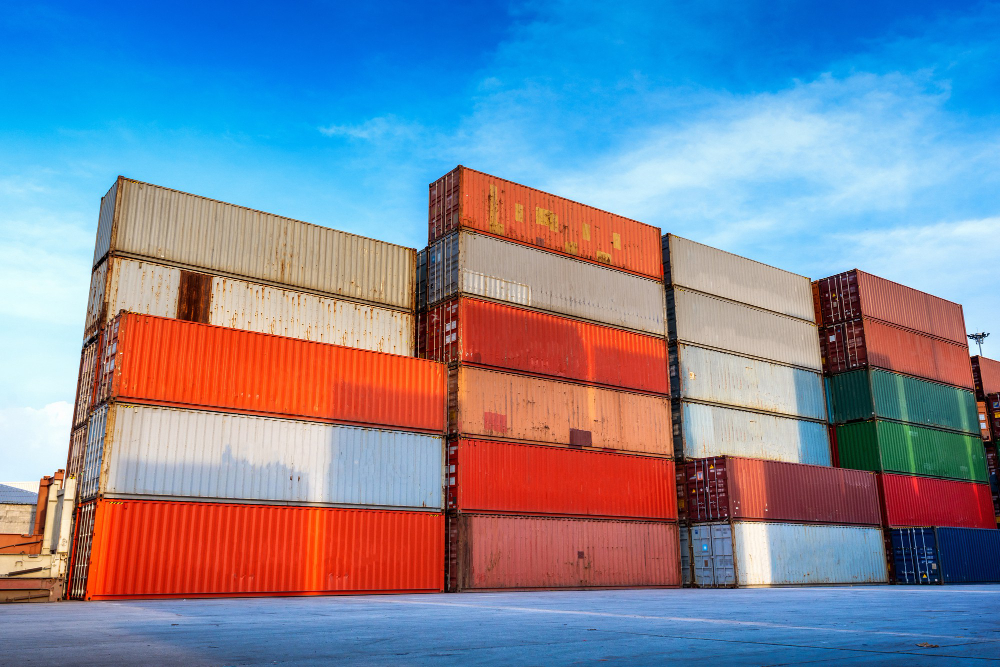



Article by: Hari Yellina
The world economy is still being impacted by the COVID-19 epidemic, the March 2021 blockade of the Suez Canal by a container ship that ran aground, and the more recent shock caused by Russia’s invasion of Ukraine. The shortages of particular products, the ships waiting at anchorage outside of major maritime ports, and the impact on the pricing of goods are the most evident signs of system stress. These problems also highlight the importance of ports and the logistical links that connect them in the global economy.
In a port, a wide range of public and commercial partners work together to keep key medical and food supplies, critical agricultural products, energy sources, and other commodities and services flowing to facilitate the economic life of a country. These interactions include physical interactions such as cargo-handling activities, vessel-related services, and import and export transfers to and from land-based modes. Maritime transport transports about 80% of worldwide merchandise commerce by volume, and any obstruction or friction at the port will have real-world consequences for the hinterlands and inhabitants around the ports. As we observed early in the epidemic, this is likely to manifest itself in the form of shortages of vital products and higher costs in the short term. However, an inefficient port will result in higher costs in the medium to long run.
Importers and exporters will face weaker economic growth, fewer jobs, and greater expenses. Despite the port’s importance in global value chains, one of the biggest barriers to progress has been a lack of a reliable, consistent, and comparable basis for comparing operational performance among ports. While modern ports collect data for performance purposes, the quality, consistency, and availability of data, as well as the definitions used and the organisations’ capacity and willingness to collect and transmit data to a collating body, have all prevented the development of a robust comparable measure(s) to assess performance across ports and time. However, new technologies, growing digitisation, and industry interests’ willingness to work together to enhance the system as a whole now provide the capacity and opportunity to evaluate and compare container performance n a robust and reliable manner.
The World Bank’s Transport Global Practice collaborated with S&P Global Market Intelligence’s Maritime, Trade, and Supply Chain division to produce this technical research, which is the second edition of the Container Port Performance Index (CPPI). The CPPI is intended to serve as a benchmark for improvement for key stakeholders in the global economy, such as national governments, port authorities and operators, development agencies, supranational organisations, various maritime interests, and other public and private stakeholders in trade, logistics, and supply chain services, as it was in its previous iteration. The CPPI isn’t meant to cover the overall performance of a port, but to highlight areas for improvement and, ideally, spark a conversation among key stakeholders to move this important topic forward.